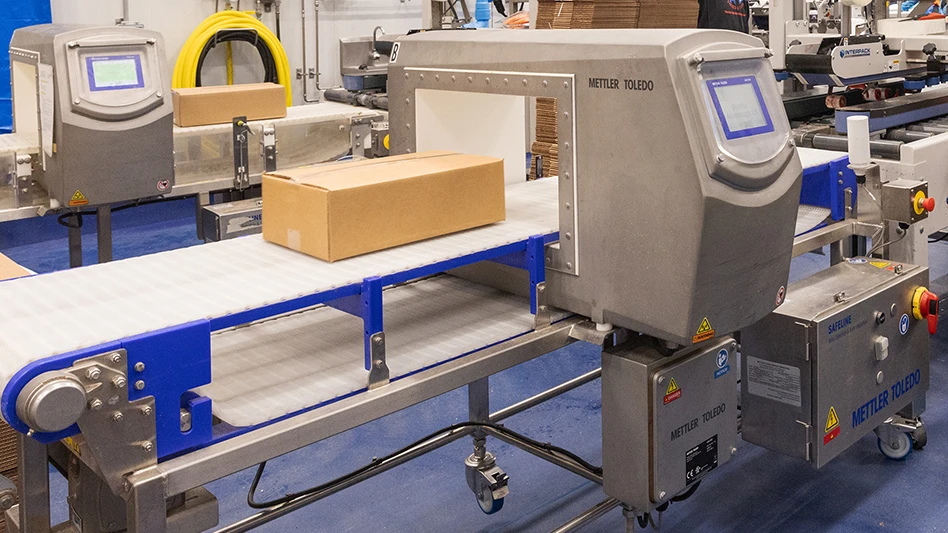
In food manufacturing, food safety has many competing areas, e.g., productivity, personnel safety, profitability. While food safety is a key factor in all of these, it may be seen as the enemy: adding verification steps can be seen as slowing down the process; added testing or equipment cuts into the bottom line. As food safety professionals, our magic is to develop practices without shining a spotlight on these concerns. Here are five ways to do this:
Set Objectives. Although food safety maturity of an organization is a subjective measurement, based on where the company or department is and where it wants to go, it is key in developing practices. An analysis can consider audit results, customer complaints, internal non-conformances, and industry news. It can be based on the training needs of the staff by identifying their education, experience, and knowledge. The length of time that the staff has been employed in the food industry also will play a factor in the overall food safety awareness. Newer employees may be well educated but may not have had an opportunity to put what they know into practice. Through practice and experience, staff members challenge their knowledge and food safety capabilities. Once the organization identifies its objectives and goals, management awareness takes on a whole new approach.
ENSURE MANAGEMENT SUPPORT.To engage your team in positive food safety practices, start at the top — including non-food-safety top management (human relations, operations, finance, etc.), all those who don’t really understand food safety by nature of their jobs. The more engaged top management appears, the more the staff will react. If top management walks the floor and only seems concerned about product waste or downtime, workers will ensure those areas are addressed. Top management is trained and coached on waste and downtime because these affect the bottom line; they also know food safety is very important, but they may not always know what to look for or what questions to ask. This is where the food safety professional comes into play. Building a partnership and strategy between management and the food safety team becomes a win/win for both sides. Walking through a production area allows managers to express any concerns in food safety. It also enables the food safety professional to hear concerns and explain why various food safety components are important; and it allows the food safety professional to demonstrate achievements and highlight next steps for improvement. Building this connection with top management allows for better understanding, awareness, suggestions, and collaboration, so management is a part of the results and has a positive impact.
BUILD AWARENESS. Building awareness takes on different forms. There are many types of people in a food facility and areas of focus in the organization. Each has different responsibilities, levels of experience, and approaches to learning. Each will need a different perspective of food safety as it relates to his or her role. Various awareness platforms can be used to build food safety knowledge for all personnel.
These could include dedicated message boards with one-point lessons to present food recalls of suppliers, customers, or other companies in your segment to create learning opportunities through others; posting of photos of internal findings, recognizing those who discover them to build motivation and esteem; sharing short food safety topics and news during team huddles; and monthly food safety emails related to best practices at home to take food safety awareness into their personal space. Include top managers so they can discuss them with the staff to make a food safety connection.
DEVELOP GAMES/CHALLENGES. Engaging positive food safety can have a very serious point of view or an element of fun. Some people will do things just because it’s the right thing to do; others like and thrive on winning. Games and other activities build employee engagement and maintain their interest. The structure behind the fun allows for employee learning and leads to stronger, better food safety practices.
PROVIDE FEEDBACK. Most people want to know what is right and need to know what right looks like. They also need to know what is not right and how to make it right. Knowing the how enables them to explore different ways to get it right and be a problem solver. The how will encourage positive practices, build esteem, and drive food safety practices to the next level.
SUMMARY. A facility’s food safety practices may be positive and strong or poor and weak. The way the organization shares its food safety values, attitudes, and behaviors are its food safety practices. A positive practice strives for improvement and works toward its next level of maturity. Developing objectives with management support, awareness, games or challenges, and providing feedback are key elements to building positive food safety practices.

Explore the June 2017 Issue
Check out more from this issue and find your next story to read.
Latest from Quality Assurance & Food Safety
- USDA Announces New Presidential Appointments
- FDA to Phase Out Petroleum-Based Synthetic Dyes in Food
- IFT DC Section to Host Food Policy Event Featuring FDA, USDA Leaders
- CSQ Invites Public Comments on Improved Cannabis Safety, Quality Standards
- Registration Open for IAFNS’ Fifth Annual Summer Science Symposium
- Leaked White House Budget Draft Proposes Shifting Inspection Responsibilities from FDA to States
- Chlorine Dioxide: Reset the Pathogenic Environment
- Ferrero Group Invests $445 Million in Ontario Production Facility





